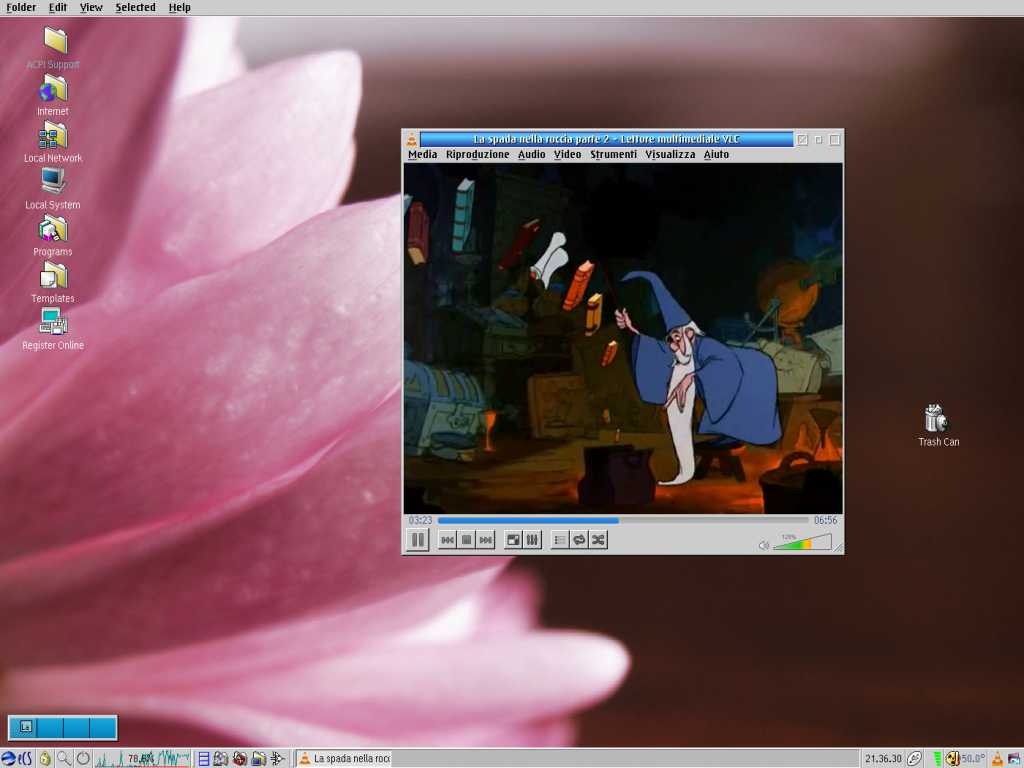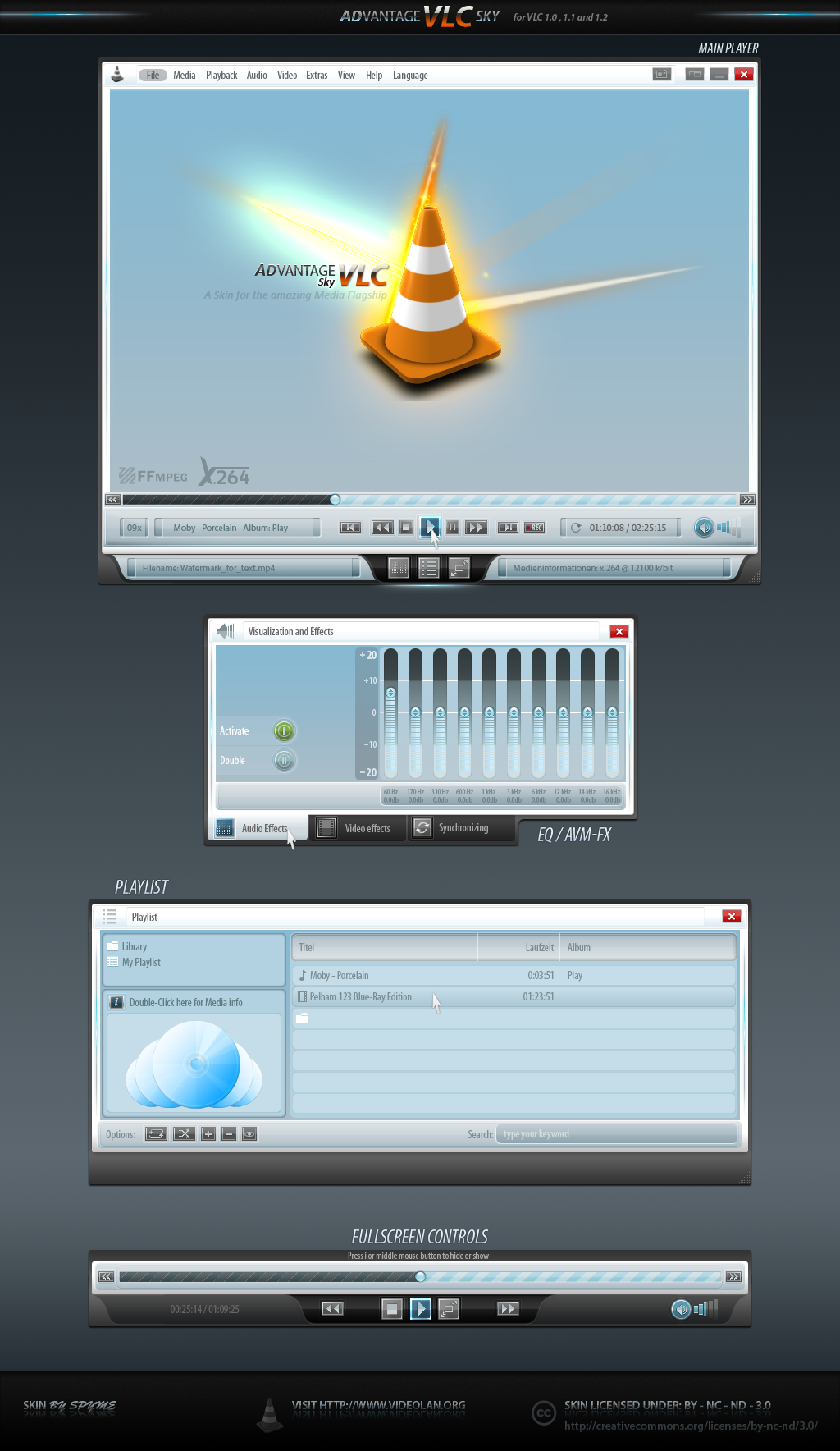


It’s capable of avoiding detection and can delay execution at startup. On top of that, an exploit called Sodamaster was used, which runs stealthily in the system memory without requiring any files. There’s more to the VLC exploit than first meets the eye. Additionally, a WinVNC server was deployed as a means of establishing remote control over the systems affected by the hidden malware. In order to first gain access to the networks that were breached, a Microsoft Exchange server was exploited. The custom loader used by Cicada has apparently been seen in previous attacks that were also connected to the hacker team. This is referred to as DLL side-loading, and Cicada is not alone in using this technique to upload malware into programs that are otherwise secure. It appears that a safe version of VLC was combined with a malicious DLL file located in the place as the export functions of the media player. Once the attackers gained access to the victim’s machine, they were able to maintain it for up to nine months.Īlthough VLC was exploited to deploy malware, Bleeping Computer says that the file itself was clean. Cicada group has previously targeted Japan for its cyberattacks many times in the past. Surprisingly, only one of the victims was from Japan. Some of the targeted countries include the U.S., Hong Kong, India, Italy, and Canada. What’s perhaps more staggering is that this activity has spread to entities across at least three continents. Non-governmental organizations have also been targeted. According to a report by Bleeping Computer, the targets involve a wide range of entities involved in legal, governmental, or religious activities. This campaign, involving the popular VLC Media Player, appears to have been started for espionage purposes. This is a problem for because if I opened a video on File Explorer, then I decided to watch the video later and I wanted to use File Explorer to search for another file (whether it's photo or document or others), the video will close and sometimes I don't remember where (at which minute) did I stop watching said video. in other words, when I select a video from File Explorer, the video is played by VLC, but if I pressed the Recents key (the button with 3 vertical lines on Galaxy phones), the File Explorer icon appears on the video file, instead of VLC.

But this issue has happened for me since few weeks or months ago When I select an MP4 video from File Explorer or Newpipe, the video is played by VLC, but my phone "sees" that the video is opened in File Explorer. I was using VLC Android on my Samsung Galaxy phone since long ago, and I selected VLC as the default app for opening MP4 files in my storage. The title is probably unclear and that is because I don't know how to put the appropriate title for the problem.


 0 kommentar(er)
0 kommentar(er)
